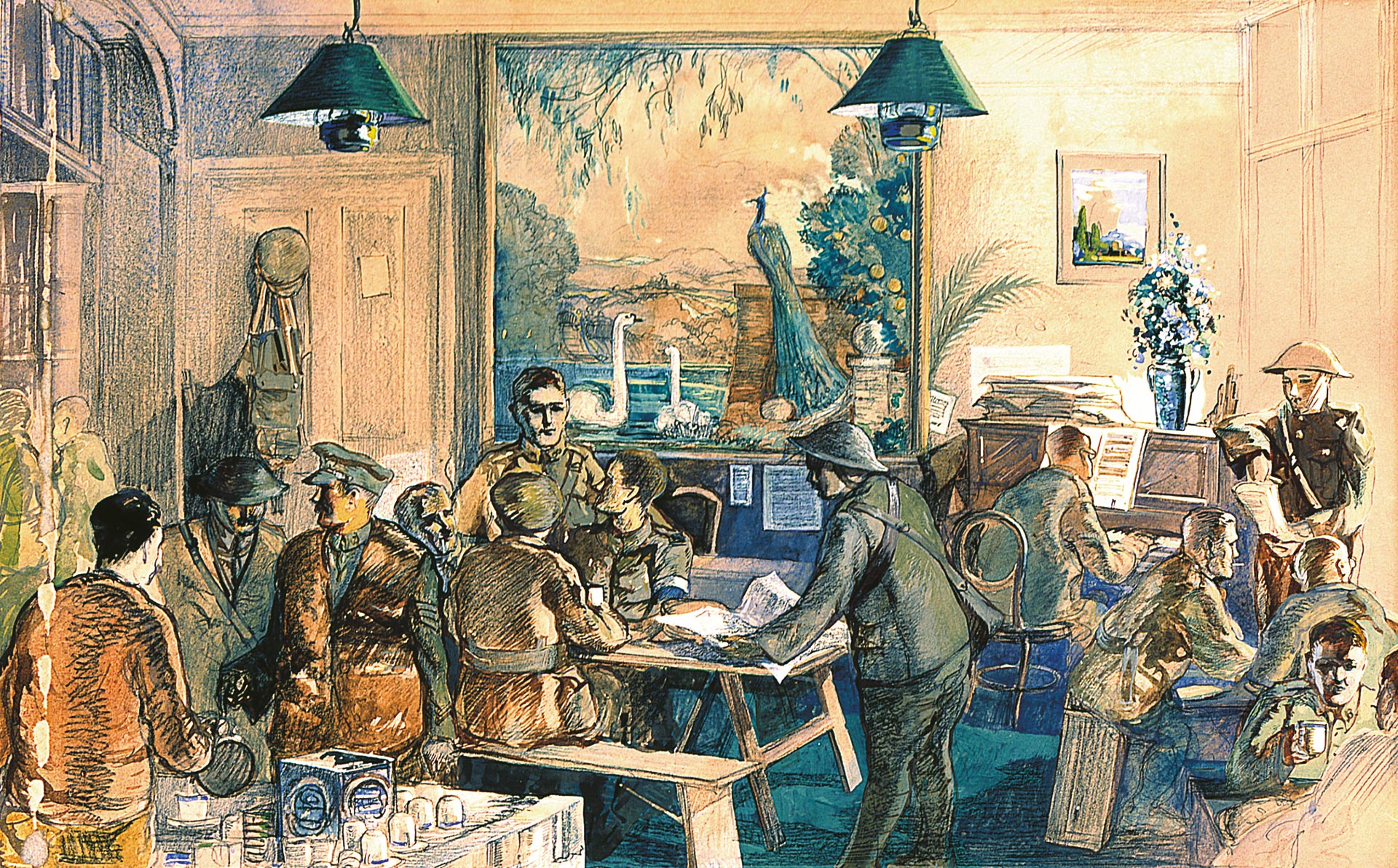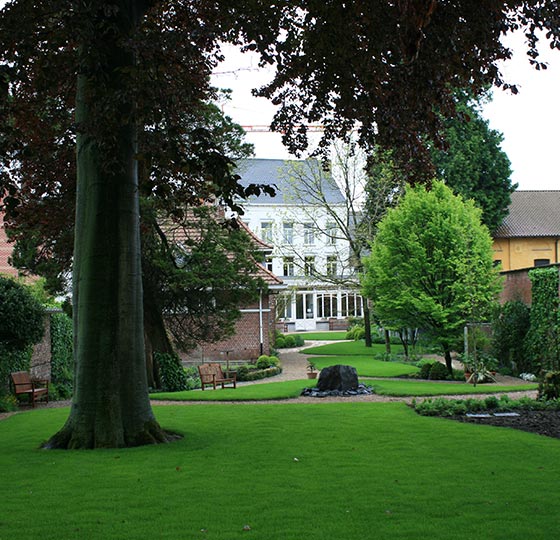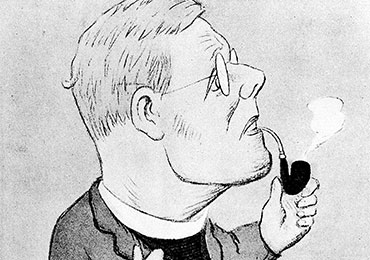During the First World War, the small, quiet town of Poperinge in Belgium was overrun with the business of war. As the town was located on the main route to Ypres and the Western Front, there was a constant flow of soldiers, supplies lorries and trains.
Over the course of the War, millions of men passed through, either on their way to the front or returning battle weary and exhausted. The town became overrun with soldiers, all looking for relief and respite from the trenches.



